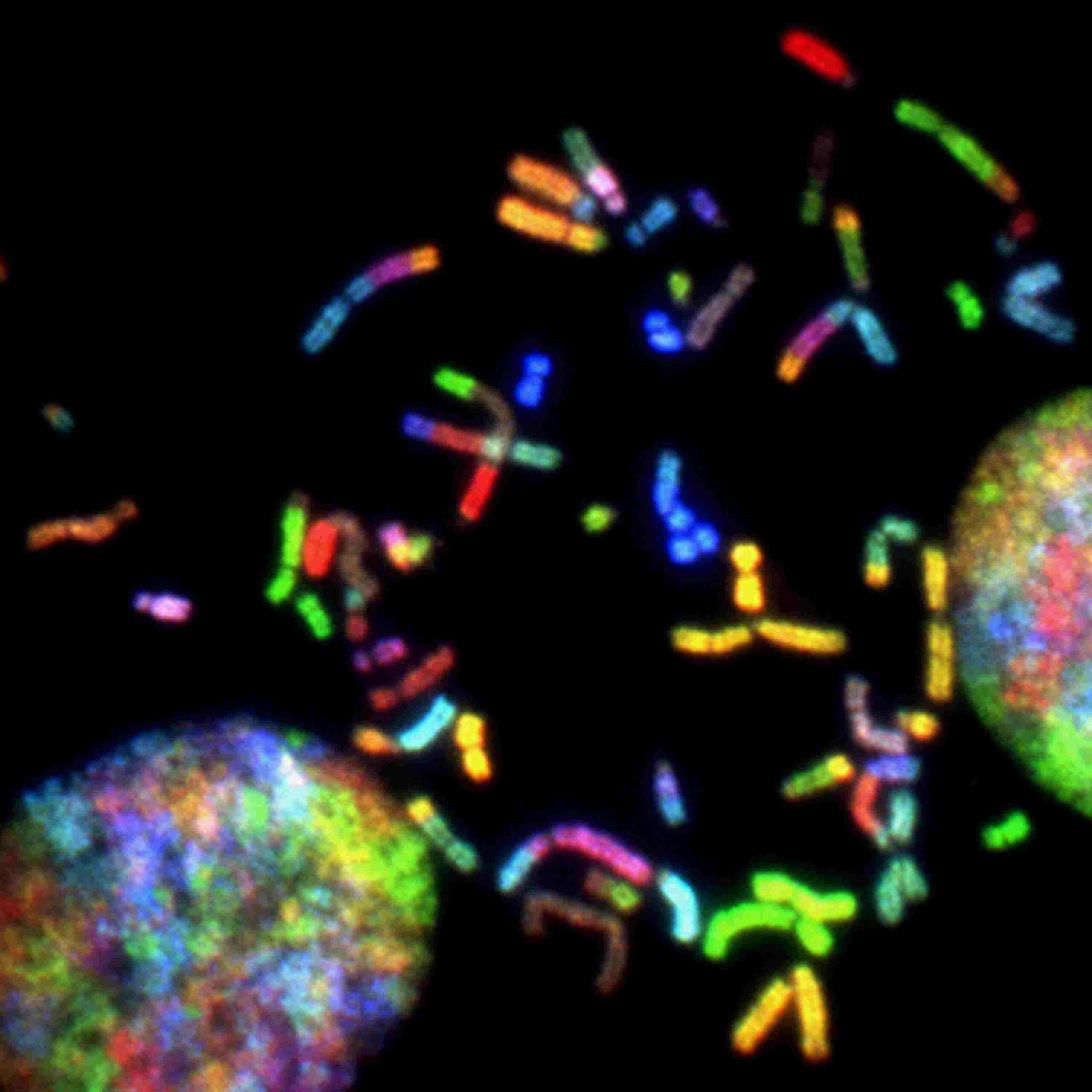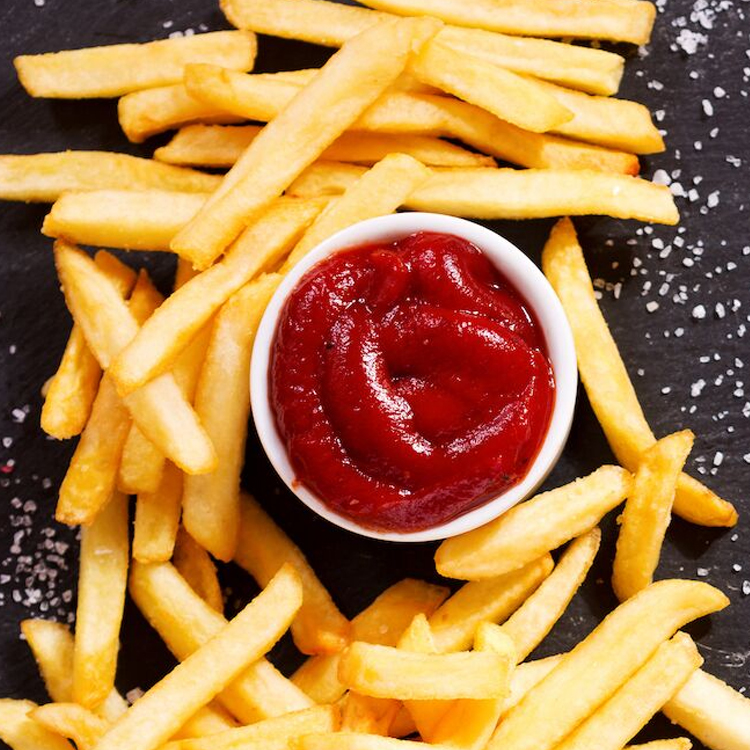
What Are Free Radicals: Understanding Oxidative Stress and Antioxidants
According to the definition, a free radical is any atom or molecule capable of independent existence that has a minimum of one unpaired electron in an atomic orbital. They can be positively charged, negatively charged, or neutral. Free radicals are unstable and extremely reactive, which means they act as oxidants or reductants.
Wondering what effect free radicals have on the human body? While the simplest answer would be “harmful,” a more detailed explanation reveals the extent of their negative impact. Today, we are discovering what are free radicals, everything about oxidative stress, and the role of antioxidants in the whole story. Let’s start with the most vital information:
What Are Free Radicals, and How Do They Damage the Body?
The extreme reactivity of free radicals causes cell damage. Whenever a free radical encounters another molecule and tries to find another electron to pair with its unpaired electron, damage occurs. Frequently, the free radical pulls an electron off an adjacent molecule, resulting in the transformed molecule becoming a free radical. That leads to a chemical chain reaction of free radical multiplication.
Once inside the cell, these molecules penetrate through all cell structures and attack cellular elements such as proteins, lipids, and DNA molecules. Long-term exposure to these cellular changes leads to many chronic diseases and conditions, as we will discuss later.
Types of Free Radicals
There are several types of free radicals, and they differ from each other based on the specific molecules involved. The most common types include:
- Hydroxyl radicals – Highly reactive and have a huge potential to damage cellular elements
- Superoxide radicals – Less reactive than hydroxyl radicals. They are formed as products of cellular respiration and metabolic processes
- Peroxyl radicals – Formed in reactions between oxygen and organic compounds and cause reactions that damage cell membranes
- Nitric oxide radicals – Nitric oxide is a signaling molecule in the body, but it can become a free radical in reaction with other molecules. It has a role in various physiological processes (it is responsible for proper blood flow function), but in excess, it becomes harmful
- Carbon-centered radicals – Very stable, persistent, and reactive molecules that are generated from environmental pollutants, toxins, or cellular processes involving organic molecules.
Oxidative Stress – Causes
Oxidative stress represents an imbalance between the production and accumulation of free radicals in cells and tissues and the body’s ability to detoxify them. When the body is unable to defend itself, free radicals cause oxidative damage to cellular components, which further activates inflammation and leads to various diseases.
In a healthy body, free radicals are produced as a byproduct of oxygen metabolism. However, various endogenous and exogenous factors also lead to free radical formation. Endogenous production of free radicals occurs due to the activation of immune cells, stress, different inflammations, aging, infections, and excessive exercise.
Exogenous causes include:
- Radiation
- Tobacco smoke
- Alcohol
- Exposure to heavy metals
- Certain medicines
- Chemical solvents
- Certain procedures in food preparation (such as reusing oil in fryers)
Consequences of Oxidative Stress
All these factors can lead to oxidative damage in cells and tissues, the development of degenerative and chronic diseases, aging, and acute pathologies like trauma and stroke. The most famous diseases in which oxidative stress plays an important role are:
- Metabolic syndrome – obesity, insulin resistance, dyslipidemia, impaired glucose tolerance
- Neurological diseases
- Infections and inflammations
- Diseases of the heart and blood vessels
- Kidney disease
- Diseases of the skin, eyes and joints
- Diabetes
- Cancer
Free Radicals and Aging
There are two theories about cellular aging: the mitochondrial theory and the free radical theory. According to the second one, the connection between free radicals and the aging process lies in the concept of oxidative stress. As we age, our bodies naturally accumulate those harmful molecules due to various factors such as metabolism, environmental exposures, and unhealthy habits. Free radicals interact with cellular components like DNA, proteins, and lipids, causing oxidative stress. This damage gradually impairs cellular function and contributes to the aging process. To counteract this, our bodies use antioxidants, substances that neutralize free radicals. However, an imbalance between free radicals and antioxidants, which occurs with aging, can lead to increased oxidative stress and accelerate aging.
How to Reduce Oxidative Stress: The Role of Antioxidants
The modern way of life, linked to an unhealthful diet, insufficient physical activity, and exposure to chemicals from diverse sources, including pesticides, heavy metals, food additives, and environmental pollution, has the potential to influence the occurrence of oxidative stress. This is where antioxidants come in to help us.
As we mentioned earlier, antioxidants are substances that directly counteract the harmful effects of free radicals. But how do antioxidants neutralize them at the molecular level? The answer is simple: Antioxidants mitigate the reactivity of free radicals by donating some of their own electrons. This is how they prevent the creation of radical chain reactions before other molecules become damaged.
The human body naturally produces some antioxidants, such as coenzyme Q10, melatonin, bilirubin, glutathione, and alpha lipoic acid. However, the necessary antioxidants can be obtained from various nutritional sources. In the following lines, we will reveal the types of antioxidants and antioxidant-rich foods.
Compounds With Antioxidant Properties
According to their chemical structures, there are many different types of antioxidants. They could be classified into seven main types:
- Vitamins (vitamins A, C, and E)
- Minerals (such as copper, zinc and selenium)
- Polyphenols (essential compounds that cannot be synthesized in the human body)
- Hormones (melatonin)
- Carotenoids
- Phenolic acids (compounds like chlorogenic acid, ellagitannins, gallic acid, and salicylic acid)
- Other compounds (such as bilirubin – a breakdown product of hemoglobin, and capsaicin – spicy component of chili peppers)
Foods That Are High in Antioxidants
Among the most important antioxidants that our body does not produce are vitamins C, E, and A (synthesized from beta-carotene). They must be taken through a healthy diet or supplementation.
Let’s take a closer look at some delicious sources of antioxidants:
- Blueberries are packed with anthocyanins, a type of flavonoid, which gives them their vibrant color
- Apples are rich in quercetin, vitamin C, and flavonoid compounds
- Spinach is rich in vitamins A and C, as well as various phytochemicals like lutein and zeaxanthin
- Kale is a cruciferous vegetable containing compounds like glucosinolates and flavonoids
- Strawberries are a good source of vitamin C and anthocyanins, both of which have antioxidant properties
- Pecans contain various antioxidants, including vitamin E and polyphenols
- Artichokes contain compounds like quercetin, rutin, and other polyphenols
- Red beans are rich in anthocyanins and other flavonoids
- Raspberries are abundant in vitamin C, quercetin, and ellagic acid
- Walnuts contain a variety of antioxidants, including vitamin E, melatonin, and polyphenols
- Oranges are high in vitamin C, a powerful water-soluble vitamin
- Broccoli contains sulforaphane, a potent antioxidant and anti-inflammatory compound
- Tomatoes are rich in lycopene, a carotenoid with strong antioxidant properties
- Carrots are loaded with beta-carotene, a precursor to vitamin A that is well-known as a vision health keeper.
Antioxidant Supplements
During the 1990s, antioxidant supplements gained popularity for their potential to counteract oxidative stress and boost overall health. Among the most popular antioxidants are vitamins C and E, known for their ability to neutralize harmful effects and contribute to cellular protection.
Another prominent category includes polyphenol supplements derived from sources like berries, nuts, and grapes. Polyphenols show potent antioxidant properties, helping to mitigate cellular damage and inflammation. Polyphenol supplements have become popular due to the difficulty of getting enough polyphenols from food.
If you want to support your body’s defense against free radicals, we recommend you try the Vana Health System. This powerful supplement consists of two perfectly balanced formulas: Vana AM, for your daily challenges, and Vana PM, for optimal sleep and restoration throughout the night.
Both Vana Health formulas are based on essential polyphenolic antioxidants: resveratrol, quercetin, and urolithin A. Raise your energy levels, recover muscles, improve sleep and skin quality, and restore your vitality!
Better health starts now!
To Sum Up
Understanding the effects of free radicals and the human body’s defense mechanisms against their harmful effects is crucial for achieving balance and maintaining overall health. Although we cannot control many factors in the external environment, there are numerous lifestyle changes that can improve our vitality.
By adopting healthy eating patterns, engaging in regular physical activity, and avoiding destructive habits, we can maintain good health and pave the way to longevity. Through these changes, we are not only strengthening our bodies against oxidative stress but also enhancing our wellbeing and quality of life.
Frequently Asked Questions
What kills free radicals?
Antioxidants are molecules that neutralize free radicals by donating electrons to them, thus stabilizing them and preventing them from causing cellular damage. They essentially “kill” free radicals by breaking the chain reaction of oxidative stress. Our body produces some antioxidants, and they can also be obtained from various dietary sources, such as fruits, vegetables, nuts, and supplements. Consuming a diet rich in antioxidants is an effective way to counteract the harmful effects of free radicals.
Does vitamin C fight free radicals?
Yes, vitamin C is a powerful antioxidant that fights free radicals in the body. Except for neutralizing them, it also regenerates other antioxidants, like vitamin E. Consuming foods rich in vitamin C, such as citrus fruits, strawberries, and broccoli, can help reduce the harmful effects of free radicals and maintain cellular health.
What is the strongest antioxidant?
Astaxanthin is considered the strongest antioxidant. It belongs to the carotenoid group of compounds found in certain types of algae and seafood, such as salmon and krill. It deserves its title of strongest due to its potential to neutralize multiple types of free radicals.
Does coffee fight free radicals?
Coffee contains various compounds, including polyphenols, caffeine, and chlorogenic acid, that contribute to the reduction of oxidative stress in the body. Certain studies suggest that the consumption of coffee is associated with a lower risk of some chronic diseases, such as type 2 diabetes and neurodegenerative disorders like Parkinson’s and Alzheimer’s disease. These health benefits are often attributed, at least in part, to the antioxidant properties of coffee’s ingredients.
However, it’s important to note that the overall impact of coffee on health can vary depending on factors like genetics, the amount and type of coffee consumed, and the additives used. Coffee can be a good source of antioxidants when consumed in moderation as part of a healthy diet, but excessive consumption or adding a lot of sugar can negate those benefits.


